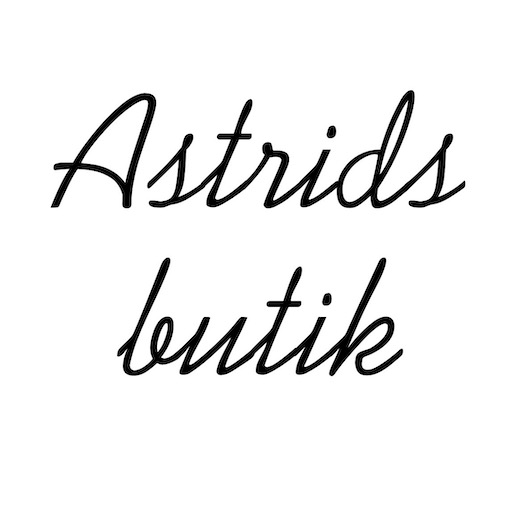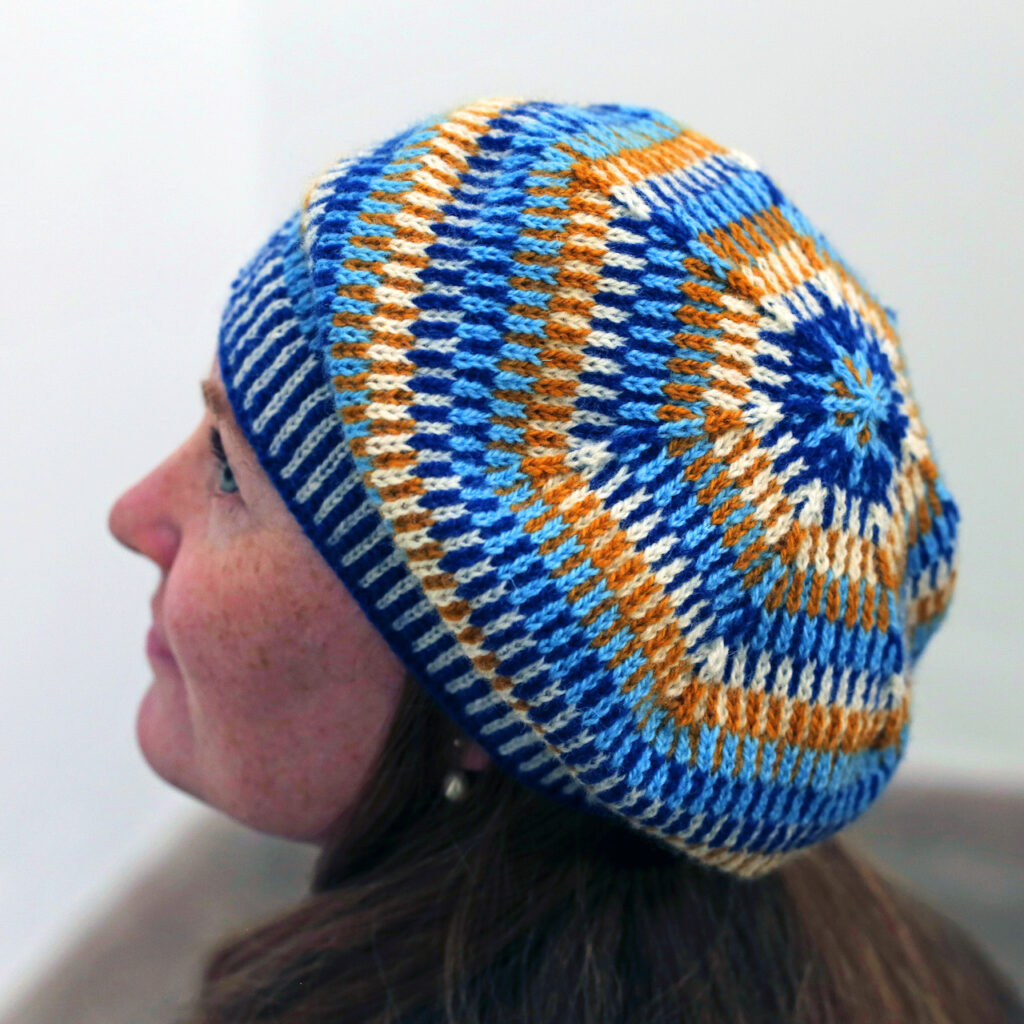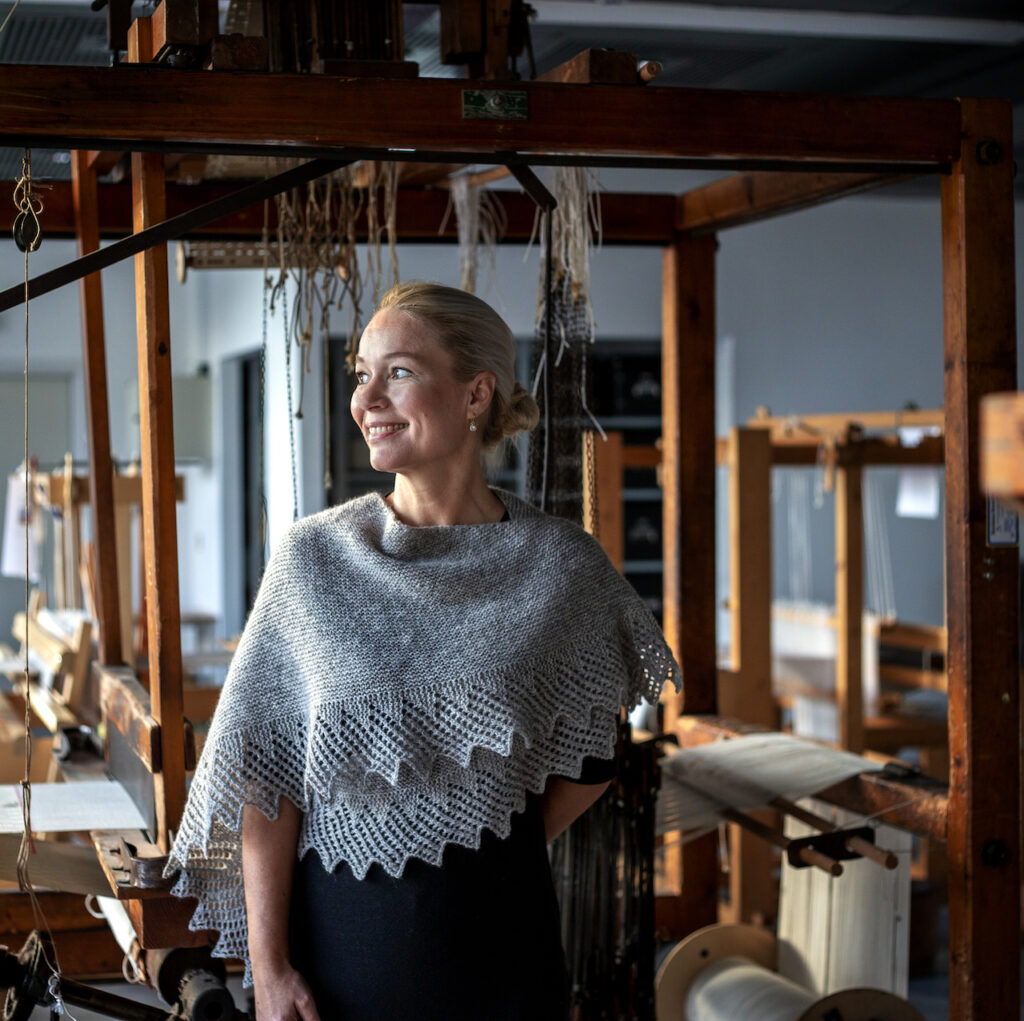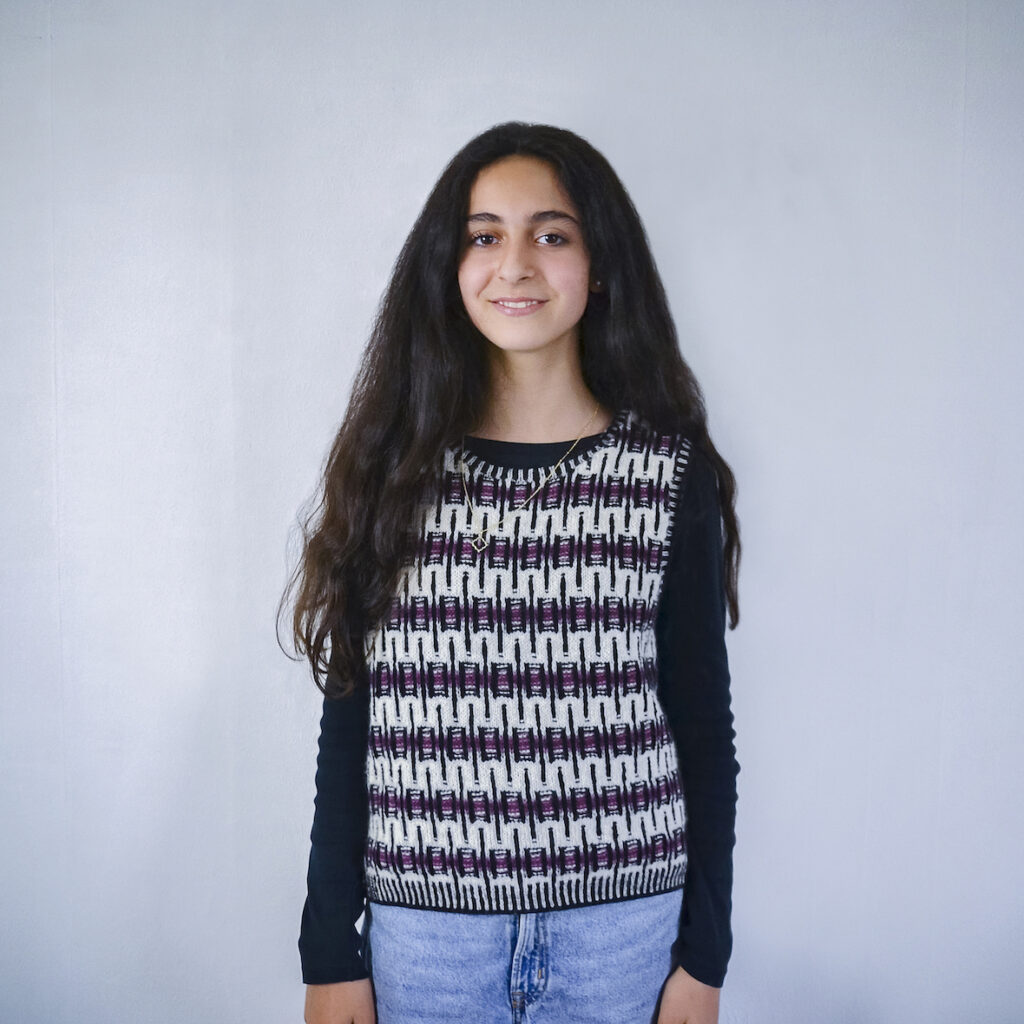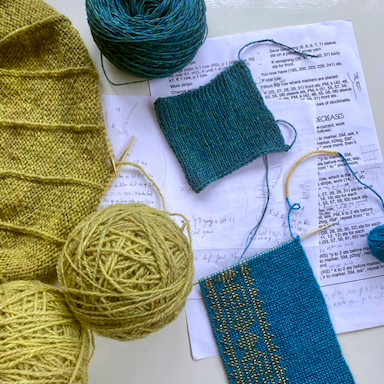
Recomposed is a project co-created by folk musician Maja Kjær Jacobsen and myself, Astrid Colding Sivertsen. Maja was searching for a knitwear designer who is interested in creating new from the old, and that happens to be the overall theme of my own project, Retrofutura. Maja and I have been working on the project Recomposed for a while, and Maja wrote about it (in Danish) a while back on her home page. I had not written anything yet, so I decided it was time for that!

Recomposed is a project that plays out in the cross section of folk music and knitting. Our overall interest is cultural transmission – past and present. Folk musicians and knitters of the past have found their inspiration locally. A musician might learn a tune from another musician, or just copy a tune they heard. Knitting patterns were passed on in the form of samplers, but also by knitters just copying a pattern they saw. Tunes and patterns migrated, often slowly, transmitted actively and passively, mutating slowly during their migration.
Now, our senses are under constant bombardment. Everything can move over long distances with extreme speed. Explaining how mass media and social media have hypercharged curtural transmission is entirely unnecessary. That is why Recomposed focuses on finding inspiration that is nearby and old, transforming that into new music and knitting.
The idea may sound a bit airy, so we decided to bring it down to earth by choosing one specific photograph as our starting point. We chose a portrait of Roland Peter Andresen from 1895. Evald Tang Kristensen was a Danish folklorist who was responsible for collecting a very large number of stories, folk tales, and songs (some with medieval or even older roots) by travelling by foot to speak to a large number of informants. Evald Tang Kristensen brougt the photographer Peter Olsen with him on one such journey in 1895, Olsen making the trip with an extremely heavy back pack filled with photographic glass plates. The result was a series of portraits of the poor informants wearing their everyday clothes. Many of them with some work, like knitting, in their hands. The portait series is quite unique in showing real people wearing their real clothes, as people would dress up in nicer (maybe borrowed or rented) clothes to have their portrait taken. Some of the informants attempted changing into something more presentable, but were prevented from doing so.
Roland Peter Andresen lived in an almshouse in the northern part of Denmark (Vendsyssel). He was born in Nibe in 1819, a son of itinerant people desribed by the Danish words “kæltringer” or “natmandsfolk” – derogatory terms that are hard to translate. “Kæltring” is still used, but now just means a person of low morals. An older meaning is a poor, itinerant person, not a gypsy but someone similar to the travellers of Ireland. “Natmand” is a waste collector or knacker. Someone who removes dead animals or feces. Back to Roland’s life. His parents were arrested shortly after his birth, and he seems to have been a ward of the state. As an adult, he worked at the estate Baggesvogn where another worker taught him a large number of folk tales. Roland married and fathered 12 children, only 5 of which survived. As an old man, he lived at the almshouse, and that was where Evald Tank Kristensen visited him and heard all his tales.
The photograph of Roland can be found in the Folklore Archives at the Royal Danish Library, but har also been published, e.g. in the book “Gamle kildevæld”. A Danish language book with a hard-to-translate title. Directly translated, it means “Old fountains” meaning fountains of old myths and songs.


But what really catches my eye is – obviously – Roland’s sweater. It is of a type now known in Denmark as an Icelandic sweater. Two-color knitted sweaters like Roland’s were used all over Scandinavia, mostly by men, for everyday wear/workwear for the poorest people. It appears that Roland’s sweater was cut open and a fabric buttonband sewn on.
Below, I’ll go into more detail with the sweater type. Another day, I’ll write about the process Maja and I used to work with the sweater’s color pattern in knitting and folk music form.
The Icelandic sweater originates in the Faroe Islands, and the name “Icelandic” may just mean “coming from an island”. Or – as suggested here – the sweaters may have been traded from the Faroe Islands to Denmark via Island. The Faroe Islands (Faroe meaning sheep, so the sheep islands) produced wool and finished knits, and those were the most important trade goods for hundreds of years.
Knitting arrived in the Faroe Islands in the 16th century, and sock production quitckly grew. Socks were the first big export article for the Faroe Islands, selling more than 100,000 pairs per year around 1770, equivalent to 98 % of total export. During the 18th century, sock production fell and sweater production increased. It is not known when color patterning of sweaters began, but it was common by the end of the 18th century. The source for this information is a book by Svanhild Strøm and Marjun Biskopstø, the Danish version is “Færøsk strikkebog”. There is a book by the same authors in English, “Faroe Island Knits”, but it doesn’t seem to be the exact same book.
Import of wool sweaters from the Faroe Islands to Denmark was controlled by a trade company run by the Danish state. In a move to counter falling quality, the trade company published instructions in 1833, defining the weight, dimensions, and patterns of the sweaters. The instruction is reproduced in Annemor Sundbø’s “Koftearven” (the English “Norway’s Knitted Heritage” is the translation of this book, I believe) and is given in a very dull and formal tone. But the main point of the instruction is this: any color pattern was permitted, as long as the floats on the back were not over more than 4 stitches. The light main color is not mentioned, but the dark pattern color is clearly defined: the yarn must be dyed with korkje, a red dye extracted from the rock lichen Ochrolechia tartarea – the darker color the better. Only in regions where no korkje grew was black patterning permitted, but not grey.
Finding historical Icelandic sweaters in Denmark is very difficult, probably because few are in existance. This is common when interested in clothing of the past: the clothing of the elite still exists. Nice clothing from middle class people may be preserved. Poor people’s ugly, worn out clothing is almost never preserved. It has been used up completely, ending its life as rags. Also, such clothing has not been seen as worth preserving.
The closest I’ve come to an older Icelandic sweater in Denmark so far is a photo in the book “Alverdens strikning” by Ann Møller Nielsen, a book about knitting around the world. You can just see the open book top right in the photo above of my swatch. The sweater belongs to the Museum at Koldinghus.
Ann Møller Nielsen describes the sweater as natural white with “a pattern of, originally, red yarn that faded with time”. The red color is not visible in the photo, but Nielsen took the photo herself, so she must have examined the sweater and seen the color. The information provided by the museum is rather brief, and even uses the photo from Nielsen’s book. But it does tell us that the sweater was found unregistered in the museum’s collection, it was cleaned in 1978, and it was used by a marine soldier. There is no information about how old the sweater may be, but it does seen to stick to the 1833 instructions with its faded red color: the dye from korkje is known to fade quickly.
Searching all Danish museum collections gives only a few hits. I can only find a few sweaters that sound like the right type, so here, here, and here, but there are no photos and they seem to be 20. century.
With so few actual sweaters left, photographs are a good source of information. Besides the photo of Roland, there are others of Danish men in Icelandic sweaters. This photo, from Bornholmernes historie by Ann Vibeke Knudsen, shows a young fisherman from the island Bornholm wearing a Icelandic sweater. The photo is taken around 1910.


The picture looks a bit staged with both hat and pipe, but the sweater looks real. The surface shows wear, and there is a sewn on neck edge made from fabric. The pattern is exactly the same as the ones on Roland’s sweater and the Kolinghus sweater.
The photos of Roland and the young fisherman from Bornholm are black & white, so we cannot quess at the pattern color. But a photo of a sweater in Sweden’s Nordiska Museum is in color, and shows red patterning.

The description does not say if the sweater was made in the area where it was used, so there is no telling if the red coloration is complicance with the 1833 instruction (which was for trade goods) or if red just seemed a normal choice to the knitter. The sweater was used in the period 1850-1870 in Värmland by someone descibed as a “finngubbe”. I searched around to find the meaning of this word, and it turns out to be an old derogatory term for a Sami man.
All the sweaters have two things in commen. One is who wore them, the other is how the sweaters were knit and finished.
The wearers of these sweaters (whether bought or made locally) were the poorest people, the lowest ranked in their society. Knackers, travellers, finngubber, sailors, and soldiers. Annemor Sundbø shows a picture in her book of a number of inmates of al prison, all wearing “Icelandic” sweaters. At the time the above mentioned sweaters were in use – 1910 and earlier – richer or higher ranking (or even middle class) people did not wear knitwear visibly. They may have used knitted underwear or home wear but never anything knitted in public. The better off wore woven clothing.
The sweaters have many similarities. All have the exact same pattern. The fabric of all the sweaters looks well made and smooth, but the edges are another story. The sweaters from Koldinghus and Nordiska Museet have knitted edges at the wrists and lower edge, but unfinished neck openings. The young fisherman from Bornholm and Roland Andresen are wearing sweaters with sewn on fabric edges, and Roland’s sweater seems to have a buttonband, also sewn on.
The Icelandic sweater never really went away. I have found it in school photos from the 1940’s and 50’s, newspaper photos from the 1970’s, and it is still popular now. I am working on my version of this classic, and I will write about that in my next post.

